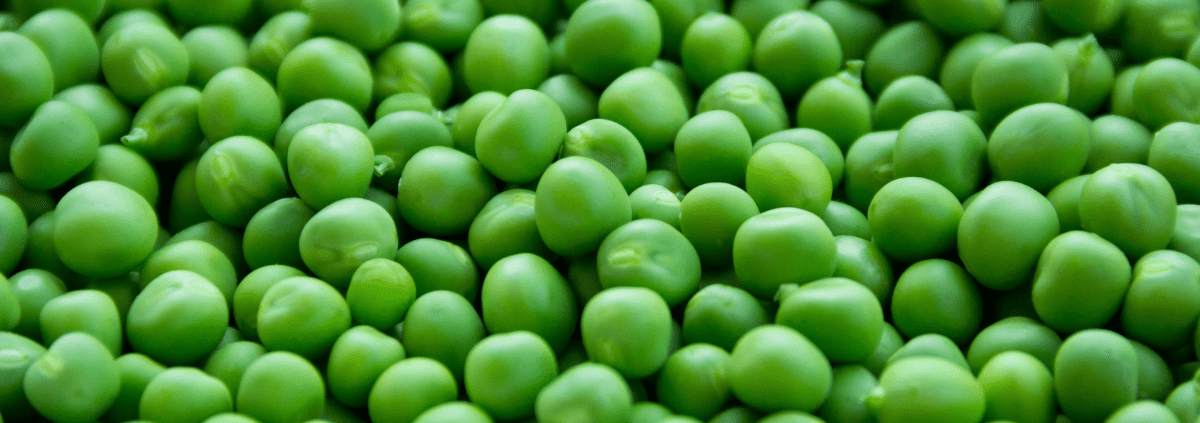Plant more peas!
All About Planting Peas
by Sandy Swegel
Rev your garden engines folks. Today is St. Patrick’s Day and the official start of pea season and there’s no need to wait. You have jobs to do today — it’s time to plant more peas!
Make sure beds are weeded. Those mallows from last year are easy to spot….they’re the only green thing in parts of the beds. But they weed easily this time of year. I lightly cultivate the top inch of the soil if I see lots of annual seeds starting. In my garden, every last larkspur seed that fell last year has germinated. Cute…but not in the pea bed, please.
Put the Peas to Soak. If your climate is high humidity, you may not need this step, but here in the arid foothills, I soak my peas overnight, rinse them tomorrow and then plant them. Sometimes I even pre-sprout them (just like making mung bean sprouts) and plant them with the big white root already fattening up.
Put your trellis in place if you’re growing the kind of peas that need support.
Think about row cover. Decide if you want to use it to warm the peas and speed their growth.
Think about inoculant. I’ve written about this before. Gardens that have grown happy peas before may not need inoculant but new raw beds with less than optimal soil would probably benefit. If you forgot to buy it, you can always plant anyway and sprinkle the inoculant over the soil and water it in later.
Remember the flowers. I’m so fond of peas for eating whether they are oriental peas or snap peas or plain old shelling peas, that I forget about how beautiful and fragrant sweet peas are. My neighbor plants sweet peas on trellises along the fence, at the base of vines, in a circle in the middle of the lettuce garden. Her garden is so beautiful and fragrant come June that I get very jealous. Time for me to plant more peas!



